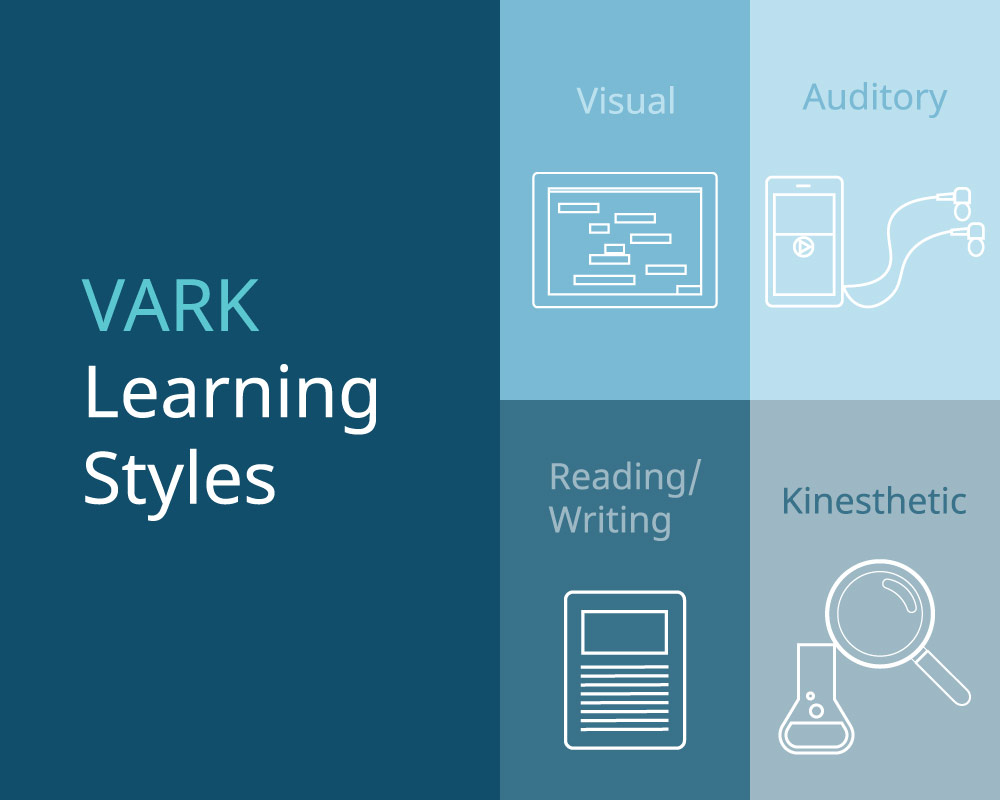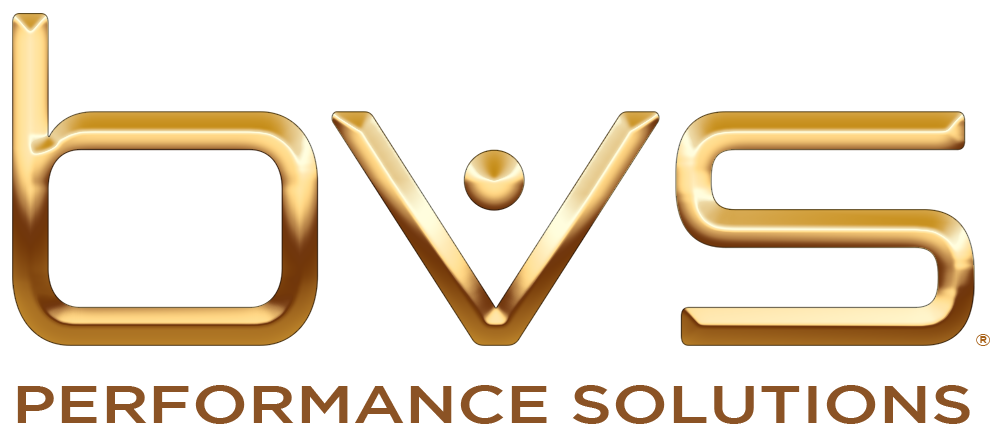-
Training
Knowing Your Employees' Learning Style Can Make a Difference
July 14, 2022
How often do you think about your employees' learning style? Maybe it's time to start considering how your staff learns and the best way to tap into their style when it comes to how their training is delivered.
One of the most popular ways to approach learning styles is through the VARK model. VARK stands for the four ways people learn: visual, auditory, reading/writing, and kinesthetic:
VARK Learning Styles
-
Visual Learning
Visual learners take in information visually, including things like graphs, charts, maps, etc. They learn best when they can visually see a relationship between different ideas and retain information better when information is presented in a graphic form using diagrams, arrows, maps, and more. -
Auditory Learning
Auditory learners need to take in information by hearing or speaking it. They learn best from lectures and group discussions. These events don't necessarily need to be live for them to be effective for auditory learners, they can be videos or recordings. -
Reading/Writing Learning
As the label suggests, those who are reading/writing learners retain information best when it's in words — either reading or writing them. Text is the best way to share knowledge with them, such as worksheets, presentations, quizzes, and bulleted lists. -
Kinesthetic Learning
If you learn best by doing, then you're a kinesthetic learner. These types of learners enjoy hands-on experiences that include examples using video and simulations. They need to engage all their senses when learning, if possible, and try to relate lessons to personal experiences.
Content for All Learning Styles
While it's helpful to know what learning type you are, most people don't fall into just one category. A recent VARK survey uncovered that 66% of its participants were multimodal with learning styles in more than one category. That means it's in your employees' best interest to cover all senses and reach all learning styles whenever possible. Thanks to online training, you can accomplish this and more.
Dynamic Learning is a prime example of courseware that pulls the learner in with compelling videos, creative visuals, colorful layouts, and lots of interactivity. No matter your employees' learning styles, BVS courses are designed to engage everyone. Many of our courses even come with job aids to visually supplement vital training elements.
Performance Simulations at Work
Throughout Dynamic Learning, you'll see various work-related situations utilizing support videos or performance simulations. Regardless of learning style, we have found these to be valuable training tools. Performance simulations use real-world experiences in almost a game-like atmosphere. Users are given a situation and then choices on how they would handle that situation. If they choose incorrectly, they're then expertly guided to pick a better option and learn from their mistakes.
Performance simulations are a vital addition to any training because they tap into all types of learning styles. Plus, they provide employees with instant feedback, are risk-free ways to learn new information, and are a measurable way to see what your staff has learned and where there's room for improvement. Watch a real performance simulation in next week’s blog.
Does your current training provide video-based courseware, interactive content, and performance simulations? If not, it might be time to reevaluate just how effective your training really is and if you're reaching your employees in the way they learn best.
-
Visual Learning
-
Recent Articles
- Stop Wasting Time: Train Only on What You Don't Know
- AI for course creation? Let the trainer beware!
- Lessons from TD Bank
- Up Your FAQ — Part II
- Up Your FAQ (Financial Advisor Quotient)
